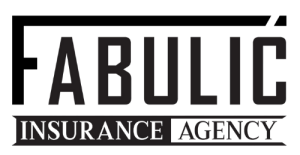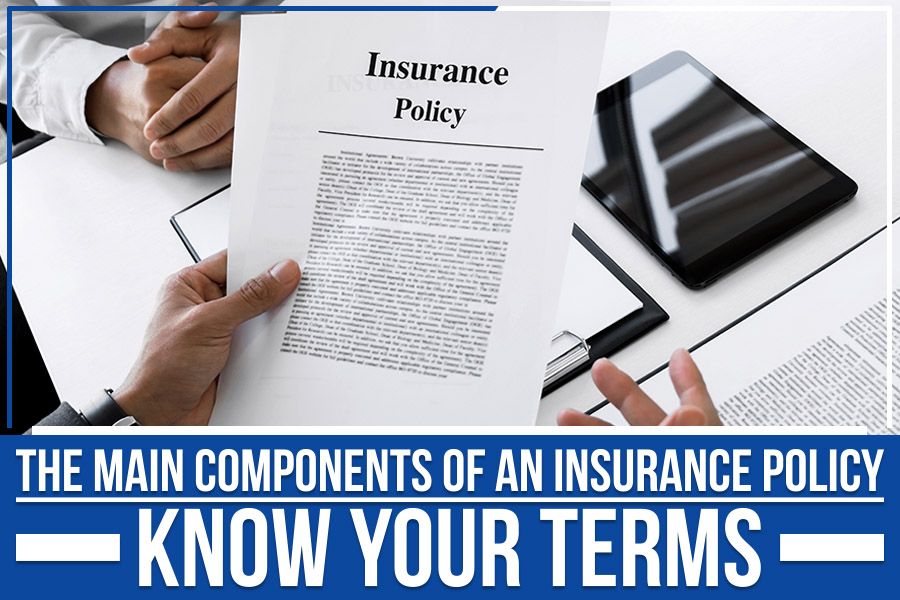Insurance policies can be confusing. There are a lot of terms that may be unfamiliar to you, and it can be challenging to know what each one means. We will help you understand the different components of an insurance policy and what each one means for you. By understanding these components and terms, you will be able to make better decisions about your insurance coverage and find the policy that is right for you!
Declaration Page:
The “dec page” is another name for the Declarations Page. It is often the first section of a policy.
It contains the insured person’s or legal representative’s name, date of birth, driver’s license number, occupation, and postal address. It also includes information regarding the policy itself, for e.g., a summary of the covered property, its location, lienholder or payee information, the coverage amount of the protected property, and the insured’s premium expenses. There are also policy deadlines, limitations, and a list of endorsements that affect the premium.
The Insuring Agreement:
An insuring agreement is the overview of the insurance company’s primary promises and what is covered. The insurer undertakes to perform specific things in the insuring agreement, such as pay damages for certain risks, provide particular services, or defend the insured in a liability case. There are two primary types of insurance contracts:
Named-peril coverage:
Only the perils or risks expressly stated in the policy are covered under named–perils coverage. It is not covered if the risk is not specified.
All-risk coverage:
All–risk coverage covers all losses except those that are explicitly excluded. All-risk coverage insurance policies are the most common.
The Exclusions:
The exclusions section usually comes after the insuring agreements and describes what your insurance does not cover. A typical example is an auto insurance policy that excludes wear and tear damage to an auto. Homeowner coverage excludes natural disasters like floods and earthquakes. Policies may include a section for exceptions to exclusions to avoid identifying all conceivable exclusions and policies.
Conditions:
Conditions specify policy clauses that qualify or restrict the insurance company’s guarantee to pay or perform. If you don’t fulfill the requirements outlined in this section, the insurer may refuse your claim. It also explains the procedures to follow if the insurance company and the customer disagree.
Definitions:
Most policies include a section called definitions that describes words used in the policy. It might be a stand-alone section or a sub-section of another. It is critical to read this part to understand the policy’s wording fully.
Riders and Endorsements:
At the time of policy renewal, an insurer may modify the language of a policy. Endorsements and riders are written terms that extend, replace, or amend the original insurance contract’s contents. It is critical to study all endorsements and riders to understand how your policy has altered and whether it’s still appropriate for your needs.
Understanding the components of an insurance policy will help you better understand your policy. If you need any further help, an insurance agency like Daniel Fabulic Insurance Agency, in Lexington, KY, can assist you in understanding the intricacies of your policy so you can fully grasp it and make the right decision.

